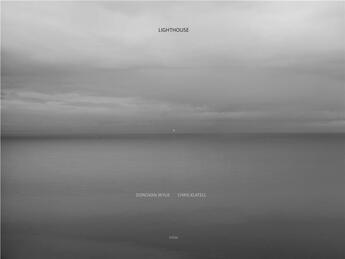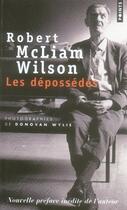-
Date de parution : 01/12/2021
-
Editeur :
Steidl
-
EAN : 9783958296398
-
Série :
(-)
-
Support :
Papier
Résumé:
Photographing individual lighthouses as seen from the opposing coastlines of France and the home nations of the United Kingdom, Belfast-based photographer Donovan Wylie (born 1971) confronts the physical barriers and invitations to crossing created by the sea.
Immediately following the June... Voir plus
Photographing individual lighthouses as seen from the opposing coastlines of France and the home nations of the United Kingdom, Belfast-based photographer Donovan Wylie (born 1971) confronts the physical barriers and invitations to crossing created by the sea.
Immediately following the June 2016 referendum on Brexit, Wylie began exploring ideas of family dynamics and fractured relationships as a way to understand the United Kingdom's current state. In collaboration with the writer Chris Klatell and the Seamus Heaney Centre, this project responds to Virginia Woolf's To the Lighthouse (1927), which investigates the complexities of seeing, loss and the passage of time. By photographing the afterglow of distant lighthouses to process the tensions and complexities of identity and isolationism, Lighthouse simultaneously represents closeness and distance, interrogating how the isolation of the British landscape contributes to understanding national identity.
Donner votre avis















